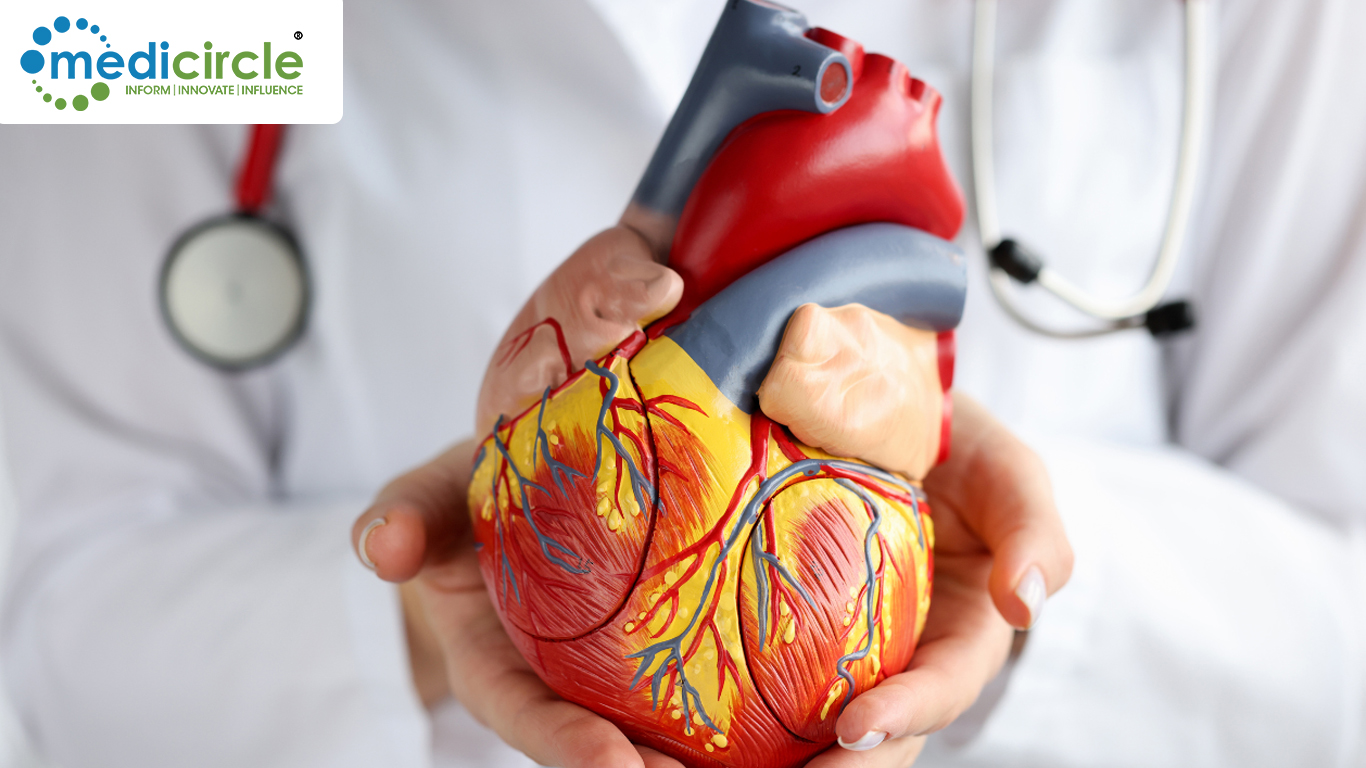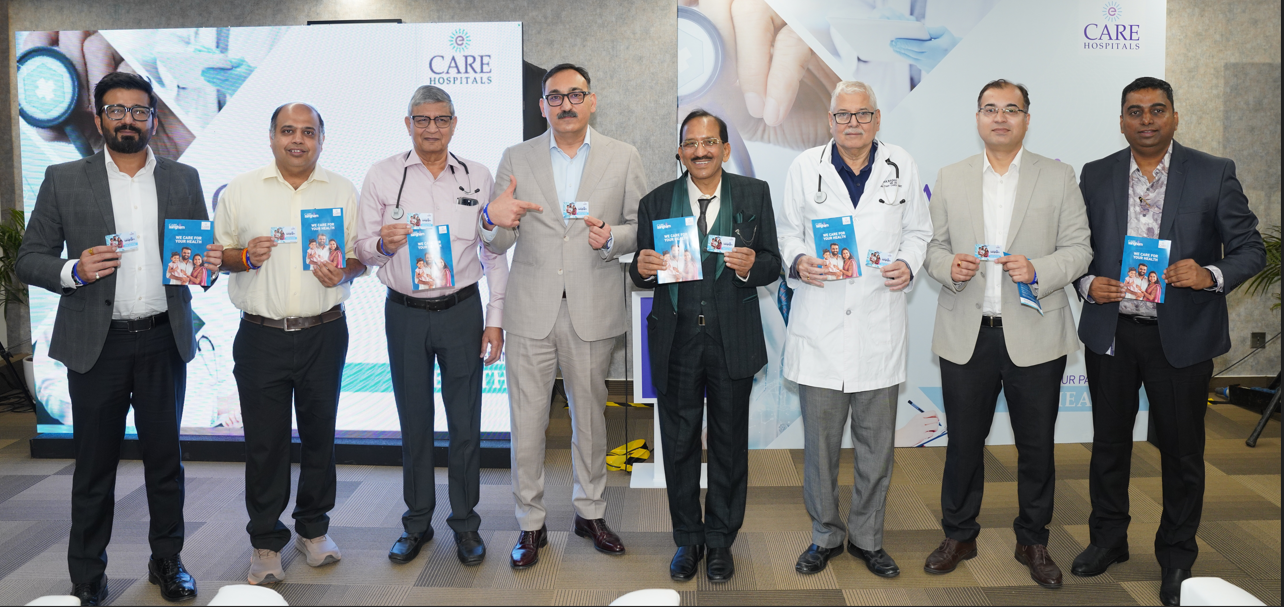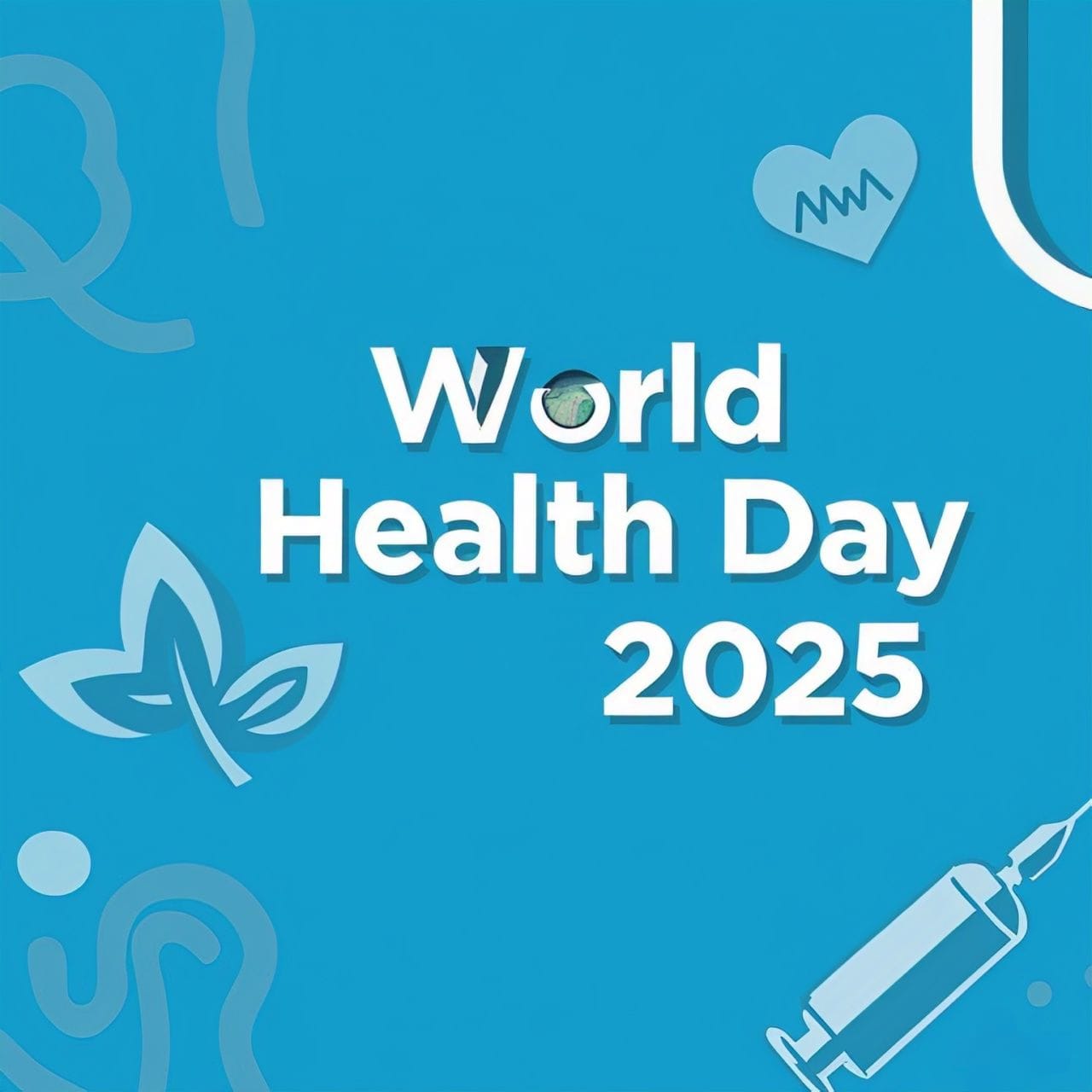Atrial fibrillation, often referred to as AFib, is more than just a medical term; it represents a significant health challenge affecting millions of people globally. Characterized by an irregular and often rapid heart rate, AFib is the most common type of abnormal heart rhythm. It has garnered attention for its serious consequences, including an increased risk of stroke, heart failure, and other life-threatening conditions. The Centers for Disease Control and Prevention (CDC) estimates that AFib accounts for approximately one in every seven strokes. As the prevalence of this condition rises, the urgency for effective treatments becomes ever more critical.
The American Heart Association predicts that by 2030, over 12 million individuals in the United States alone will be living with AFib. This alarming statistic highlights the need for innovative solutions to combat this complex condition. Current treatment strategies often fall short, with many patients experiencing persistent symptoms or facing significant risks associated with traditional therapies. As researchers strive to find better management options, a recent breakthrough from the University of Arizona College of Medicine - Phoenix and the University of California Davis Health provides a glimmer of hope for those affected by AFib.
In a groundbreaking study, scientists have identified a promising new target for developing medications specifically aimed at treating atrial fibrillation. This research highlights the importance of small-conductance calcium-activated potassium channels, known as SK channels, in understanding and managing AFib. For some time, these proteins, crucial for regulating the heart’s physiological processes, have been under scrutiny in relation to AFib. The complexities surrounding these channels have historically led to conflicting findings about their role in arrhythmias.
Historically, studies suggested that inhibiting specific SK channels could either alleviate or exacerbate arrhythmias depending on the conditions present. This nuanced understanding of SK channels has paved the way for further research. The recent study employed pioneering experimental and computational techniques to explore how the human SK2 channel is dynamically regulated. Professor Nipavan Chiamvimonvat, who led the study, emphasized the importance of these insights, especially given that SK channel inhibitors are currently undergoing clinical trials for AFib treatment.
At the heart of this research lies phosphatidylinositol 4,5-bisphosphate, commonly referred to as PIP2. This lipid plays a vital role in cellular signaling and is found in all plant and animal cell membranes. The researchers examined how PIP2 regulates the SK2 channel, revealing that this lipid is integral to the function of various ion channels, including those involved in cardiac rhythm. By understanding how PIP2 affects the SK2 channel, the team has unlocked a new mechanism for regulating cardiac excitability and function.
One of the most significant findings from the research is the relationship between PIP2 and heart failure. The team established that SK channels are the only known potassium channels upregulated in heart failure. This regulation is critical to cardiac excitability, influencing how disturbances in heart rhythm develop. With PIP2 often dysregulated in heart failure, these insights could prove vital in understanding the mechanisms behind cardiac arrhythmias in this patient population.
The researchers utilized advanced modeling techniques to generate detailed human SK2 channel models in various states: closed, intermediate, and open. Through molecular dynamics simulations, they explored the mechanisms by which PIP2 modulates the SK2 channel. This innovative approach not only provides clarity on the functions of these channels but also aids in the development of new therapeutic strategies.
As a result of their findings, the research team is optimistic about the potential for designing novel inhibitors of SK2 channels. Vladimir Yarov-Yarovoy, a professor at UC Davis Health, expressed enthusiasm about the structural insights gained from the study, which could lead the way for effective treatments for cardiac arrhythmias, including AFib. With ongoing work on other SK channel subtypes, the research promises to broaden our understanding of ion channels and their roles in cardiovascular diseases.
The implications of this research extend beyond academic interest; they represent a significant step toward better management options for individuals living with atrial fibrillation. As co-senior author Igor Vorobyov pointed out, the collaboration among multiple universities and disciplines highlights the importance of diverse expertise in tackling complex health issues. This study serves as a reminder that groundbreaking advances often arise from collaboration, innovation, and a willingness to explore uncharted territories in medicine.
As the scientific community continues to discover the complexities of atrial fibrillation and its underlying mechanisms, the potential for innovative treatments grows. The findings from this research provide a foundation for future studies and clinical applications that could significantly impact the lives of millions.
It is crucial for patients, caregivers, and healthcare providers to stay informed about the advancements in AFib research. Raising awareness about the condition, its risks, and the latest treatment options is essential for empowering patients and improving outcomes.
Moreover, as more individuals become aware of the potential for innovative therapies, they may feel more encouraged to seek medical advice and explore new treatment avenues. This proactive approach can lead to earlier interventions, better management of symptoms, and improved overall health.
In conclusion, the recent research from the University of Arizona College of Medicine - Phoenix and the University of California Davis Health represents a significant breakthrough in understanding and treating atrial fibrillation. With the identification of PIP2 as a key regulator of SK channels, scientists are poised to develop novel therapies that may transform the landscape of AFib treatment.
As we look toward the future, it is essential to continue investing in research and fostering collaborations that drive innovation. For the millions affected by atrial fibrillation, this research brings hope for more effective treatments and improved quality of life. With ongoing efforts to explore new avenues for therapy, the journey toward better heart health is well underway.

 For the millions affected by atrial fibrillation, this research brings hope for more effective treatments and improved quality of life.
For the millions affected by atrial fibrillation, this research brings hope for more effective treatments and improved quality of life.










.jpeg)

.jpeg)
.jpeg)
.jpeg)


.jpg)


.jpeg)
.jpeg)


.jpeg)
.jpg)




